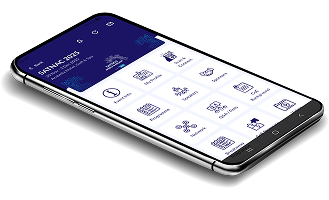What is the SATNAC Call for Papers
The Southern Africa Telecommunication Networks and Applications Conference (SATNAC) is an annual event hosted by Telkom. It serves as a vital platform for researchers in the telecommunications field to present their work, interact with peers, and gain insights from industry and international experts. The conference, organised by Telkom and Openserve R&D team, in collaboration with academics from Telkom Centers of Excellence (CoE), facilitates the exchange of ideas and fosters innovation in the telecommunications sector.
Guidelines for Documentation
Authors are invited to submit full papers (10 pages maximum, single-spaced, two-column, standard IEEE conference US letter or LaTeX template) or work-in-progress papers (2 - 3 pages, single-spaced, two-column). All papers will undergo double-blind peer review. Author names and affiliations must be removed from all submissions for the review process. Paper submission will be done via EasyChair.
Technical Programme Categories and Topics
SATNAC 2025 will have two tracks - Computer Science (CS) and Electronic and Electrical Engineering (EEE), with various topics considered for both tracks, including, but not limited to:

Submissions for 2025 are now open
Important dates:
- Call for papers: 13 August 2025
- Paper submission deadline: 14 September 2025
- Work-in-progress deadline: 14 September 2025
- Review Notification: 14 October 2025
- Camera-ready paper submission: 30 October 2025
- Registration: 14 October 2025 - 30 October 2025
- Conference dates: 30 Nov - 3 December 2025
Paper Submission

Evaluation Criteria
Submitted papers will be evaluated based on:
- Originality of contribution
- Relevance to the conference
- Technical/scientific merit
- Presentation and clarity

